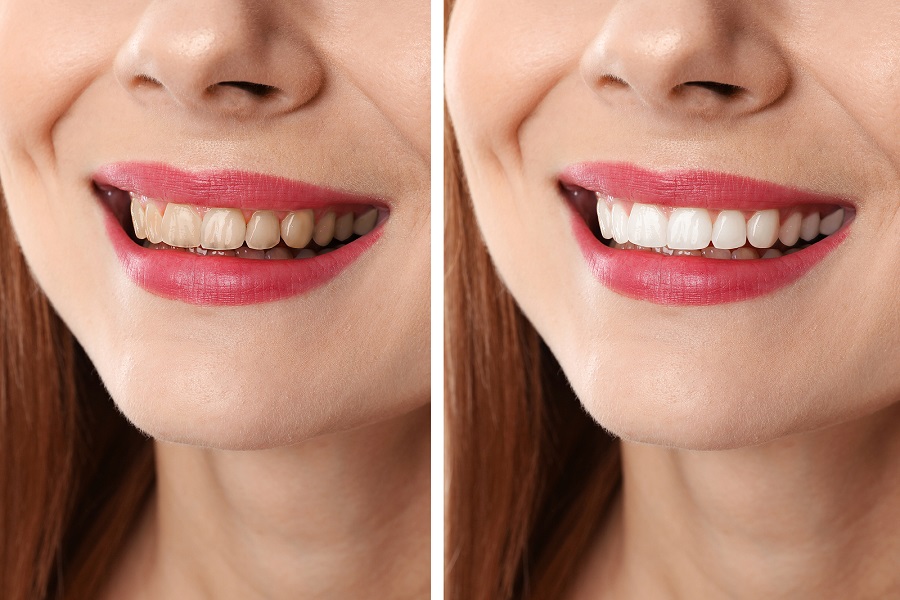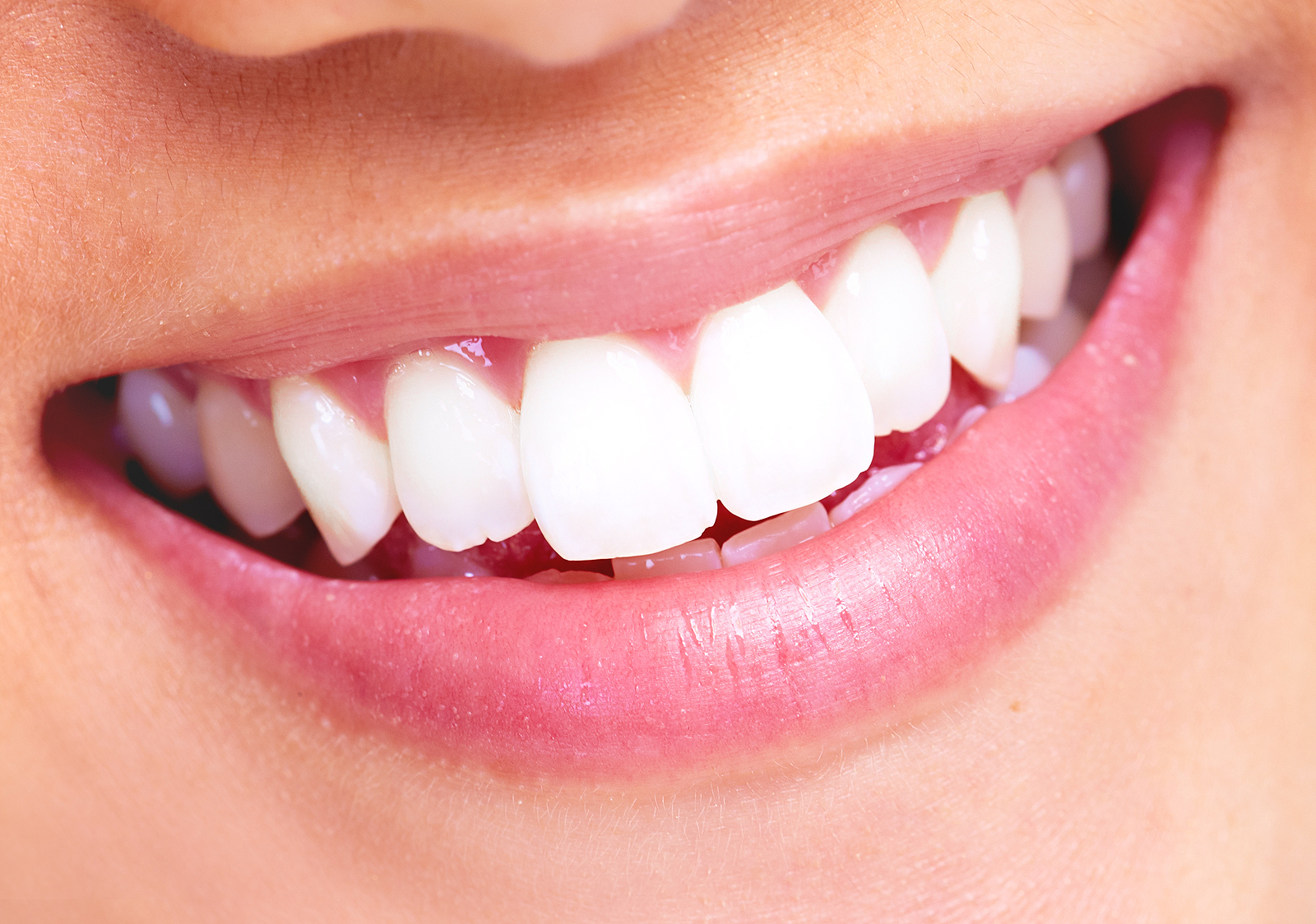HOW TO REPAIR A CHIPPED TOOTH
YOU’VE CHIPPED, CRACKED, OR BROKEN A TOOTH. CHIPPED TOOTH REPAIR NEEDS TO HAPPEN AT YOUR DENTIST.
Your teeth are strong, but they are not invincible. And you’ll never know what will finally cause them to chip, crack, or break. Here are the main things you need to know about chipped tooth repair. It might be caused by something you shouldn’t be doing, like chewing ice or trying to crack through hard candy. Maybe you forgot to put in your mouthguard before a game of football, soccer, or basketball. Oral accidents can also happen by old-fashioned bad luck. A chipped tooth might be unavoidable, but they are relatively easy to fix. Even the worst breaks can be remedied so, with a little dental care, no one will notice.
FIRST THING: CALL YOUR DENTIST!
There are no home remedies for a broken tooth. If you crack, chip, or break a tooth, immediately call your dentist and schedule an appointment. It may take a couple of days for your dentist to be able to see you. So, while you’re waiting for your appointment, keep the pain and swelling down by taking an over-the-counter pain medication. Also, be sure to rinse your mouth to remove food from the newly found jagged edges of your teeth. Depending on the type and severity of fracture, your dentist will recommend the right procedure.
TYPES OF CRACKS, CHIPS, AND BREAKS
Crazed lines are small cracks on the outer enamel of your tooth. Crazed lines occur mostly in adults and are relatively painless. A fractured cusp is a break of a chewing surface of your tooth. A cracked tooth will have a crack that extends from the bottom of the tooth (a chewing surface) to the root. A split tooth is usually a cracked tooth that goes untreated and is divided into distinct parts. A vertical root fracture is a crack that start in the root and extend down. Since they are close to the gums, they show few obvious symptoms and are often discovered after an infection.
TYPES OF PROCEDURES
Bonding is for a small, simple chip, like a cracked or split tooth. With bonding, a composite metal is formed over the un-chipped part of the tooth and then shaped to make an natural-looking extension. The metal is hardened immediately. With good care, bonding can last up to 10 years. Veneers are a porcelain material that covers the front of your tooth and is best for more severe chips, cracks, or breaks. Veneers can last up to 20 years and are a good option if your bonding has broken multiple times. Crowns are very similar to veneers. Crowns, though, cover the entire tooth instead of just the front. If you’ve lost a large portion of your tooth, your dentist will probably recommend a crown. Dental implants are the best option if your tooth has cracked just under your gum line. This will be the most involved and invasive procedure. The affected tooth will need to be pulled and biocompatible titanium screws will be placed into the jawbone. A impression of your teeth will be taken and a replacement tooth will be attached to the titanium screws. The best way to treat a broken tooth is to avoid one in the first place. Keep your teeth healthy and your enamel strong to avoid any chips, cracks, or breaks. Don’t chew ice or hard candy and wear a mouthguard when playing contact sports.






















0 comments